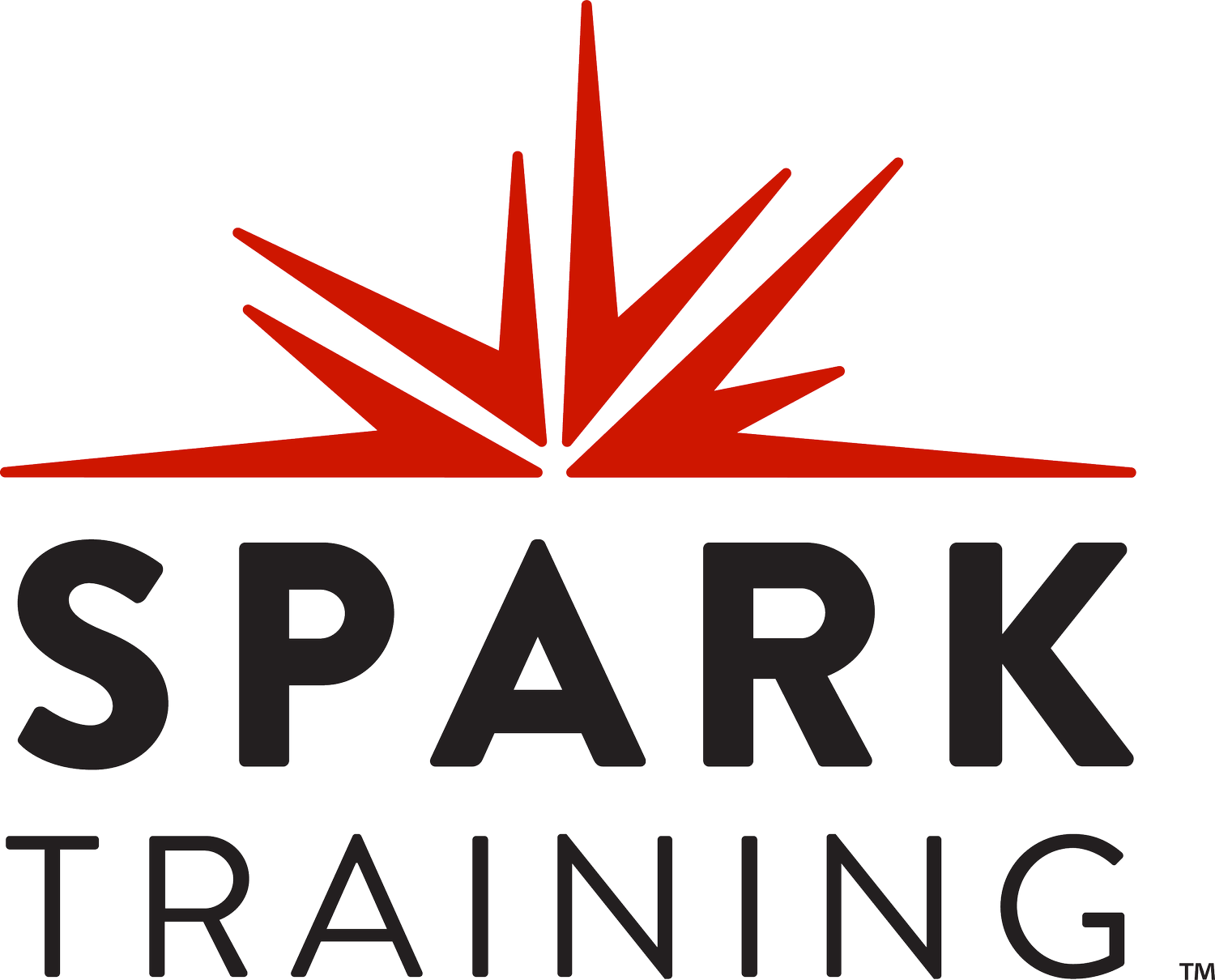Tackling High-Cost Medications Behind Bars
As an administrator, you aim to be a good steward of taxpayer dollars. Managing a facility means keeping an eye on the budget, and the cost of medications is on the rise. The cost of new drugs rose 35% from 2022 to 2023, more than the 22% increase the previous year.¹ It may feel like you have no say in your medication budget. If the prescriber orders it, you’ve got to give it, right? Ask about it. Having clear conversations with site practitioners about patients on high-cost medication is key to tackling these challenges.
Think long term
If a medication is clinically indicated, it must be provided, regardless of the cost. That said, it is still important to evaluate what is in the best interests of the patient. Are these medications accessible and affordable for detainees once they're back in the community? The reality is that being behind bars limits earning potential.
Look for ways to adjust. If the end goal is probation or release, is it reasonable to continue to incarcerate and prescribe medications that the detainee may not have access to outside of the jail? Consider options to reduce incarceration time. Start thinking long-term about a detainee’s health care.
If a medication isn't going to be within reach post-release, start preparing detainees now with alternative coping strategies and a comprehensive care plan. Ask the practitioner to discuss strategies the detainee can use to manage without the meds post-release if the circumstances may arrive. Think long term.
Explore generics
When a medication is prescribed for a detainee's function within the facility, ensure that the provider has explored other available options and continuity of the medication post-release.
Don’t just medicate without considering the detainee’s individual situation. Generic medications have the same qualities as their name-brand counterparts.² If a more affordable, generic medication is available, consider changing to it.
This is not about cutting costs. It's about ensuring that detainees receive care that is thoughtful, practical, and sustainable. It's about looking at the big picture and making decisions that are appropriate for the individual beyond the correctional system. Explore generics.
Research free money
Federal and community grants and programs are available to assist. For example, the Ryan White HIV/AIDS Program offers funding to counties to provide HIV treatment.³ They also help individuals in the community receive support for treatment. A community partnership can help your facility afford high-cost medications and ensure detainees can continue treatment upon release. Build partnerships with programs in your community that provide grants or funding for medication.
For more information, please contact training@sparktraining.us.
1. American Hospital Association (2024). Costs of Caring. AHA. https://www.aha.org/costsofcaring
2. U.S. Food & Drug Administration (2021). Generic Drug Facts. FDA. https://www.fda.gov/drugs/generic-drugs/generic-drug-facts#:~:text=Generic%20medicines%20work%20the%20same%20as%20brand%2Dname%20medicines&text=A%20generic%20medicine%20is%20required,as%20their%20brand%2Dname%20counterparts.
3. Ryan White HIV/AIDS Program (2023). Who We Are. HRSA. https://ryanwhite.hrsa.gov/.
Disclaimer
All materials have been prepared for general information purposes only. The information presented should be treated as guidelines, not rules. The information presented is not intended to establish a standard of medical care and is not a substitute for common sense. The information presented is not legal advice, is not to be acted on as such, may not be current, and is subject to change without notice. Each situation should be addressed on a case-by-case basis. When in doubt, send them out!®





















